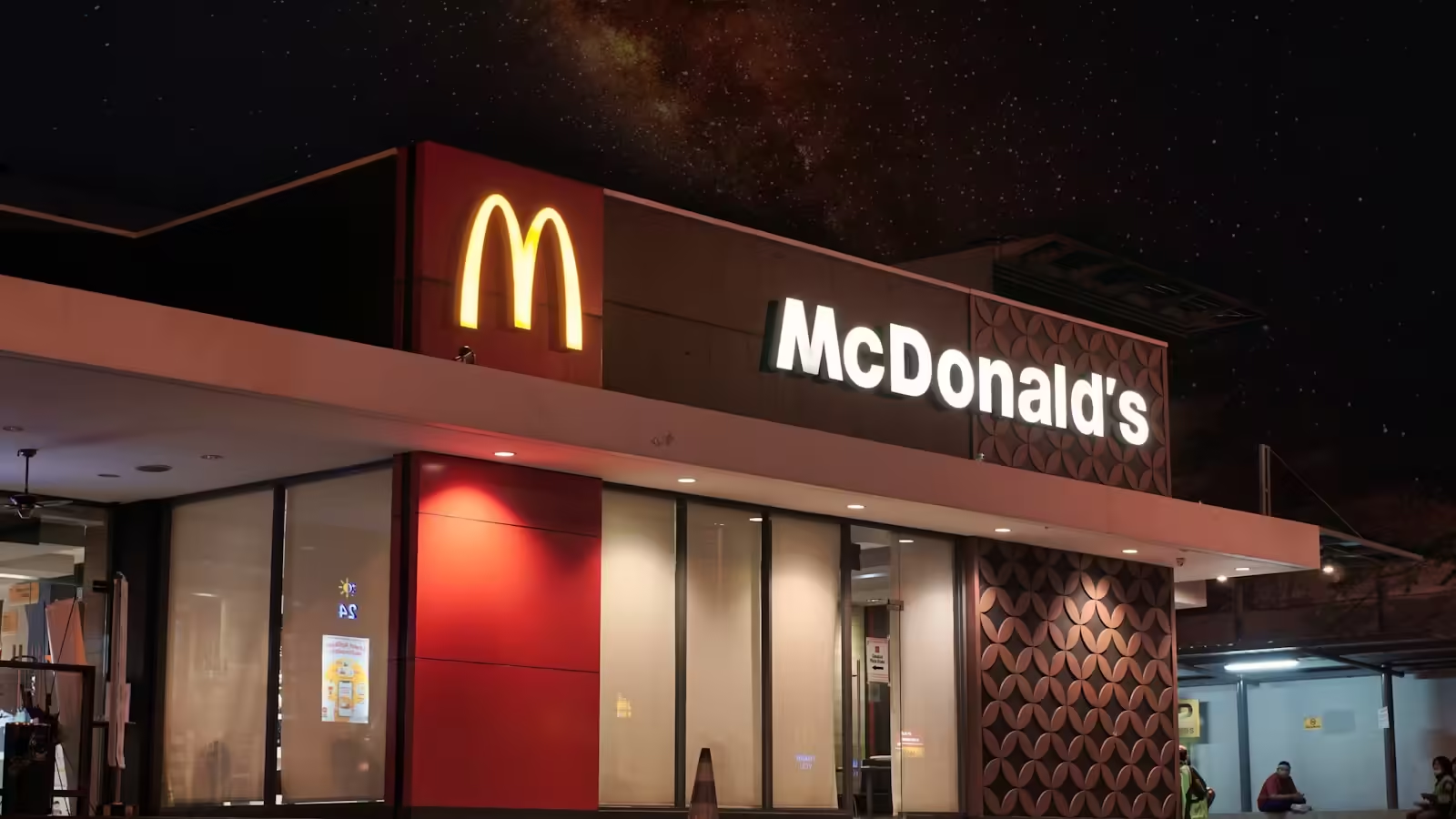
Table of Contents
Everyone has experienced McDonald’s french fries. As soon as you pick up the can, you smell the distinct smell of frying oil—it makes you think of fast food counters and drive-thru windows. Remember to pick up your receipt at McDonald’s too; Here’s why.
You hold a large bunch of hard golden sticks in your hands while clutching the recognizable red box with the prominent arches on the front. Then, as you take your first bite, feel the salt jump on your tongue and hear that wonderful crunch from the crispy outer layer. The inside is fluffy and soft, with a unique potato flavor that surpasses any fries you’ve had before by a million times.
You eat them one at a time, each one warm and satisfying. The entire box is gone before you know it. If you want extra fries, make sure you know about this McDonald’s french fry trick.
You start to wonder: What ingredients are added to McDonald’s fries that tempt you to finish the entire carton? It turns out that taste is not just one thing, but a fascinating combination of ingredients that provide a taste experience unmatched by any other fast-food company. We’ve broken down the recipe for McDonald’s secret sauce into three easy-to-digest parts.
The Reason behind McDonald’s great fries
How the Smell of Oil Affects the Flavor
Scientists estimate that up to 90% of taste perception can come from our sense of smell. If you’re ever unsure of this fact, think about how disgusting food looks when you’re sick with a cold and your nose is stuffy.
McDonald’s French fries would be lacking in flavor without that wonderful aroma. The oil used for frying is largely responsible for both the aroma and the accompanying taste.
McDonald’s fries are cooked in canola oil, like most fried items. However, this is not always the case. Initially, the chain’s supplier used beef tallow instead of vegetable oil because it was more affordable.
McDonald’s finally switched to vegetable oil in the 1990s as health concerns about saturated fat grew. Sadly, the patrons realized that the taste of the fries had changed. The oil is infused with natural flavors to reproduce the delicious aroma of the chain’s original oil blend.
Put another way, the aroma that permeates the room when potatoes are fried in beef fat is the truly delicious smell that we know and love! Is there a balance? This is how you reheat McDonald’s fries at home.
Salt, Sugar and Fat
The taste is what keeps you coming back for more, even as the aroma makes you want to take that first bite. While you need salt, potatoes, and oil for hand-made french fries, McDonald’s has perfected the art of blending ingredients to deliver a great-tasting end product. The main cast? Fat, sugar and salt.
A recipe can be made good by adding one or two of them, but adding all three takes it to a whole new level. The “happy point” is the moment when these elements are perfectly balanced.
According to Howard Moskowitz, an American market researcher and psychophysicist, there is a “bliss point” at which the balance of sweetness, saltiness, and richness is perceived to be perfect. This combination created a wave of highly addictive and craveable meals throughout the food industry.
Dopamine, a chemical that causes feelings of pleasure, is also released in your brain when you eat those delicious McDonald’s fries. So, how is McDonald’s successful? McDonald’s fries are not only fried and seasoned, but they are also covered in a sugar called dextrose.
The Right Potatoes
The way something feels in your mouth when you eat it is called crunch or more accurately mouthfeel. Breaking a tooth, how hard is it? How does your tongue feel in relation to texture? Although everyone has a different mouth preference, McDonald’s has invented one that most of us can enjoy.
Russet Burbank, Russet Ranger, Umatilla Russet and Shepody potatoes are the most commonly used varieties for McDonald’s fries. These potatoes are known for being crispy on the outside and crispy on the inside.
According to their website, “The vendors we deal with initially peel, chop and blanch the potatoes. After being partially fried and dried, the fries are immediately frozen for our restaurant. When we go to our kitchen, we prepare them in our restaurant canola-blend oil so you can have them crispy and hot—just the way you like them.”
Maybe that’s what separates McDonald’s fries from others in the fast-food industry; knowing what customers love about their fries and delivering seamlessly every time. When you put all those details together, it’s no mystery why these fries are addictive.
READ | You must know about chateau potatoes, a soft and buttery side dish


1 thought on “The scientific basis of McDonald’s great fries”